Objectives
Introduction to basics and fundamentals of signal analysis and signal feature extraction in time domain
Introduction
1. What is Signal?
To answer this question precisely is not a simple task. A signal is a function representing a physical quantity or variable, and typically it contains information about the behaviour or nature of the phenomenon. Everything from a smallest unit (cell) to complex unit (human) is the result of appropriate processing of time signals. Examples are human voices, chirping of birds, communication between bees through dance and gestures (sign language) etc. Some examples of modern high speed signals are radio frequency waves, variation of light intensity in optical fibres, sound waves produced at supersonic speed of airplanes. Thus, we are surrounded by endless variety of signals which may carry some sort of information from one place to another.
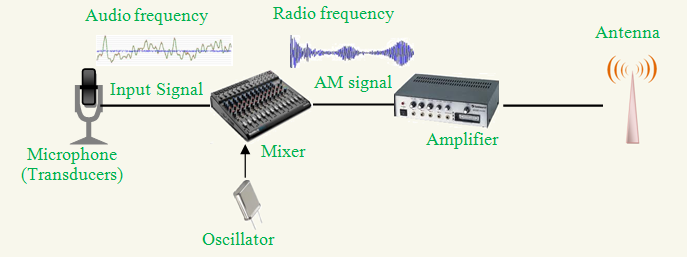
Fig. 1: Modern example: AM transmitter system
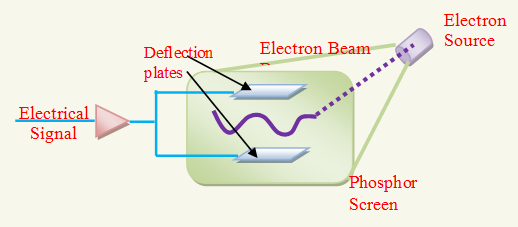
Fig. 2: Simplified oscilloscope operation
2. How can we observe these signals?
The traditional to observe is to view them in the time domain. The time domain is a record of what happened to a parameter of the system versus time. For instance, in a RC circuit the signal may represent the voltage across the capacitor or the current flowing in the resistor with sequences of time. There are lot of ways to record the variable which is to be measured with time. Figure 3 shows direct and indirect recording of displacement of mass of a simple spring mass system. The resulting graph is a record of the displacement of the mass versus time, a time domain view of displacement.
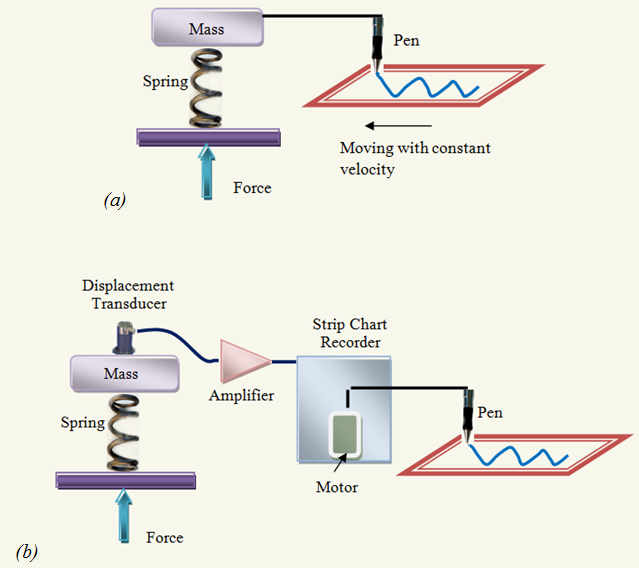
Fig. 3: (a) Direct and (b) Indirect representation of displacement in time domain
3. Why do we need to know about the signal?
Signals convey information between the measurement station and the observer. The information in the signal obtained after processing the signal provides information about the state of the measurement station. In other words by signal processing one is able to know about the state of a system. Depending upon the state of the system, necessary actions can be initiated, like in controlling the system, know the condition of the system etc. Thus signal processing has a very important role to play in providing information about a mechanical system. The signal as measured by a transducer connected on the mechanical system is usually analog in nature as shown in Fig 4.
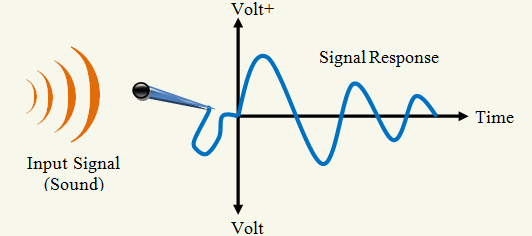
Fig 4: An analog signal produced by a microphone in response to a continuously changing sound
Analog signals are continuous in time. Any information may be conveyed by these signals; often such a signal is a measured response to changes in physical phenomena, such as sound, light, temperature, position, or pressure, and is achieved using a transducer. These analog signals can also be processed by electronics hardware to extract the features in the signal like its, mean, power, maximum, minimum value etc. However analog processing of the signals is limited by the electronics hardware available. Alternately if the analog signals can be converted into digital signals by a suitable analog to digital converter (A/D) converter, and the signal stored in a computer as digital numbers, there is practically no limit to the processing of these signals in the digital domain. Fig. 5 represents the conversion of analog signals to digital signals by data acquisition system.
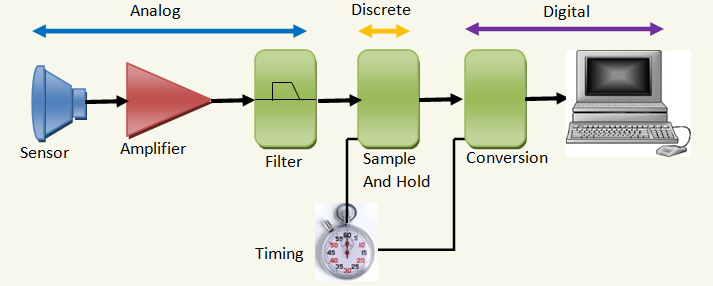
Fig. 5: Conventional computerized signal acquisition system
Thus the advantage of digital signal processing, is that it is very economic and efficient manner in which signals can be processed to extract features and gain insight into the mechanical system producing such signals.
The basics of the signals such as fundamentals of the signals, types of signals, properties of the signals etc. are introduced in the theory section. Further, different modules based on the methods of the generation of the input signals are used to evaluate the features of the different signals. The detailed procedures of the modules are also presented in separate sections. These modules give enough information to understand the nature and significance of the signals. Those who desire the more details, references are listed.